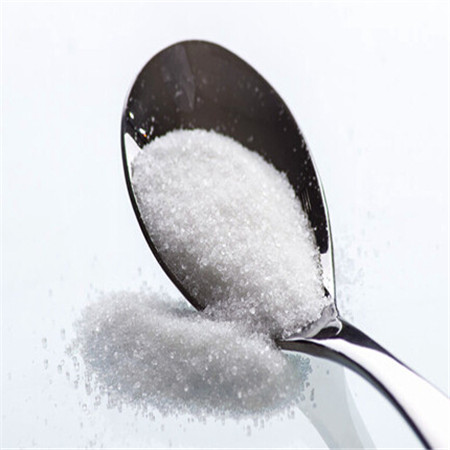A chemical substance widely used in many fields of industry and daily life is drawing increasing attention from the public and the scientific community.
I. 4,4′ – DIHYDROXYDIPHENYLMETHANE has a wide range of applications. In the industrial field, 4,4′ – DIHYDROXYDIPHENYLMETHANE is a key raw material for manufacturing high – performance epoxy resins. This type of epoxy resin is widely used in the electronics and electrical appliance industries. For example, in the manufacturing process of printed circuit boards (PCBs), 4,4′ – DIHYDROXYDIPHENYLMETHANE – type epoxy resins, with their excellent electrical, mechanical and heat – resistant properties, can ensure the stable operation of electronic components in complex working environments. In the construction industry, materials containing 4,4′ – DIHYDROXYDIPHENYLMETHANE also play an important role. They are used to produce high – performance coatings and adhesives, which can provide good durability and adhesiveness, making the building structure more stable and the protection of the building exterior more long – lasting. In addition, 4,4′ – DIHYDROXYDIPHENYLMETHANE is also emerging in high – end manufacturing industries such as automobile manufacturing and aerospace. For example, in the coating protection of automobile parts and the structural bonding of aerospace equipment, 4,4′ – DIHYDROXYDIPHENYLMETHANE has contributed to the improvement of product performance.
II. Health risks raise concerns. However, as research deepens, the potential health risks of 4,4′ – DIHYDROXYDIPHENYLMETHANE have begun to arouse people’s vigilance. A number of scientific studies have shown that 4,4′ – DIHYDROXYDIPHENYLMETHANE may have endocrine – disrupting properties similar to 4,4′ – DIHYDROXYDIPHENYLMETHANE (BPA). Endocrine disruptors can interfere with the human endocrine system and affect the normal secretion and regulatory functions of hormones. Some animal experiments have shown that experimental animals exposed to the 4,4′ – DIHYDROXYDIPHENYLMETHANE environment may have abnormal development of the reproductive system, thyroid dysfunction and other phenomena. Although there is currently no conclusive direct evidence in humans, in view of the health concerns once caused by 4,4′ – DIHYDROXYDIPHENYLMETHANE and the similarity in the chemical structures of 4,4′ – DIHYDROXYDIPHENYLMETHANE and 4,4′ – DIHYDROXYDIPHENYLMETHANE, this potential risk cannot be underestimated.
III. Supervision and countermeasures. In view of the possible health risks of4,4′DIHYDROXYDIPHENYLMETHANE, some countries and regions have begun to regulate it. Relevant departments are formulating more stringent environmental standards and product safety standards to limit the use of 4,4′ – DIHYDROXYDIPHENYLMETHANE in some products that may be in close contact with the human body. On the enterprise side, some chemical enterprises and downstream application enterprises are also actively exploring alternatives to 4,4′ – DIHYDROXYDIPHENYLMETHANE, especially in fields with extremely high safety requirements such as food packaging and children’s products. R & D personnel are striving to find new materials that can meet product performance requirements while ensuring that they are friendly to human health and the environment. 4,4′ – DIHYDROXYDIPHENYLMETHANE plays an important role in industrial development, but its health risks must be taken seriously. With the continuous deepening of scientific research and the gradual improvement of regulatory measures, it is hoped that while giving play to its advantages, the potential harm to human health and the environment can be minimized.
Post time: Oct-03-2024





